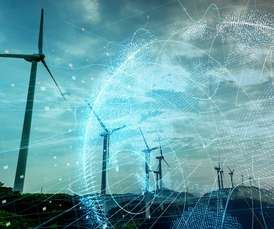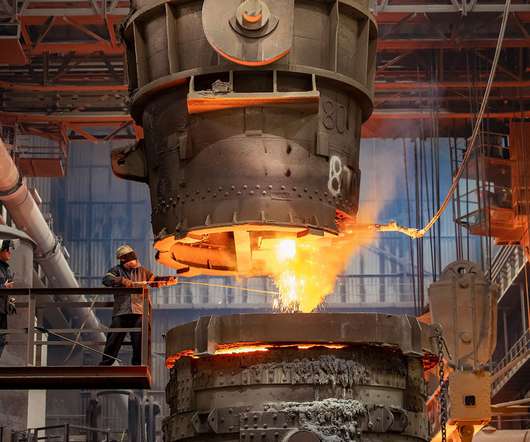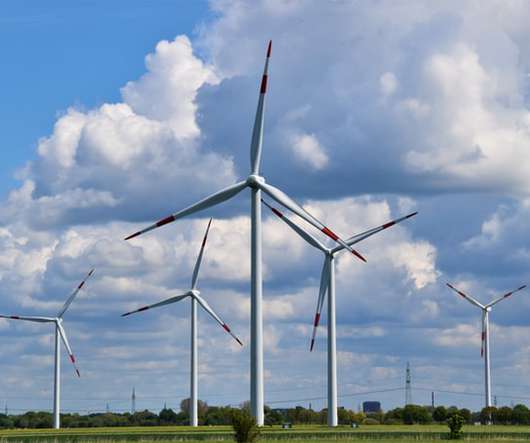The 5 Biggest US Utilities Committing to Zero Carbon Emissions by 2050
GreenTechMedia
SEPTEMBER 16, 2020
At the very least, utilities will need plans that can get them most of the way there, while rushing ahead with next-generation technologies: long-duration energy storage, small modular nuclear reactors or green hydrogen and methane to fuel natural gas peaker plants. Here's a look at the five largest U.S. Dominion Energy.


















Let's personalize your content